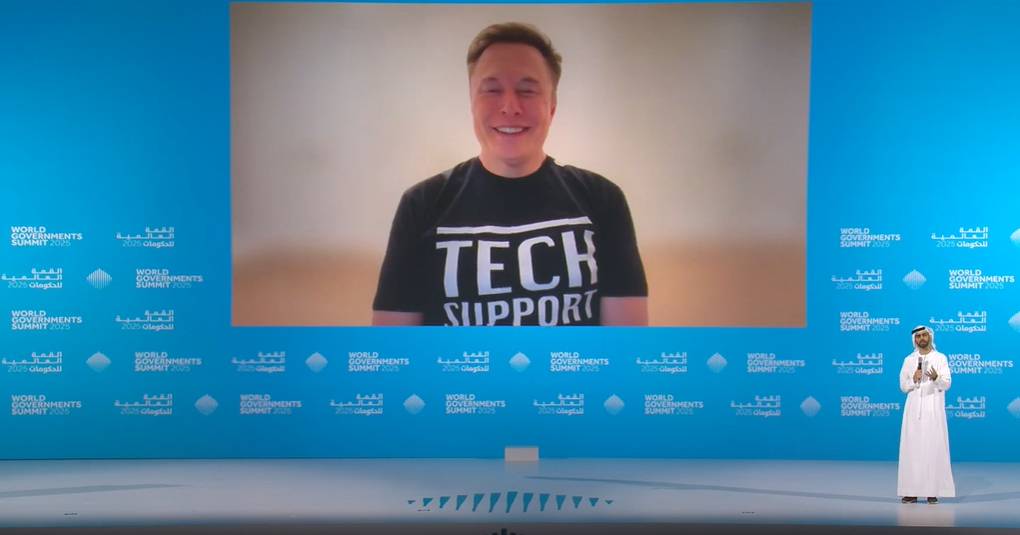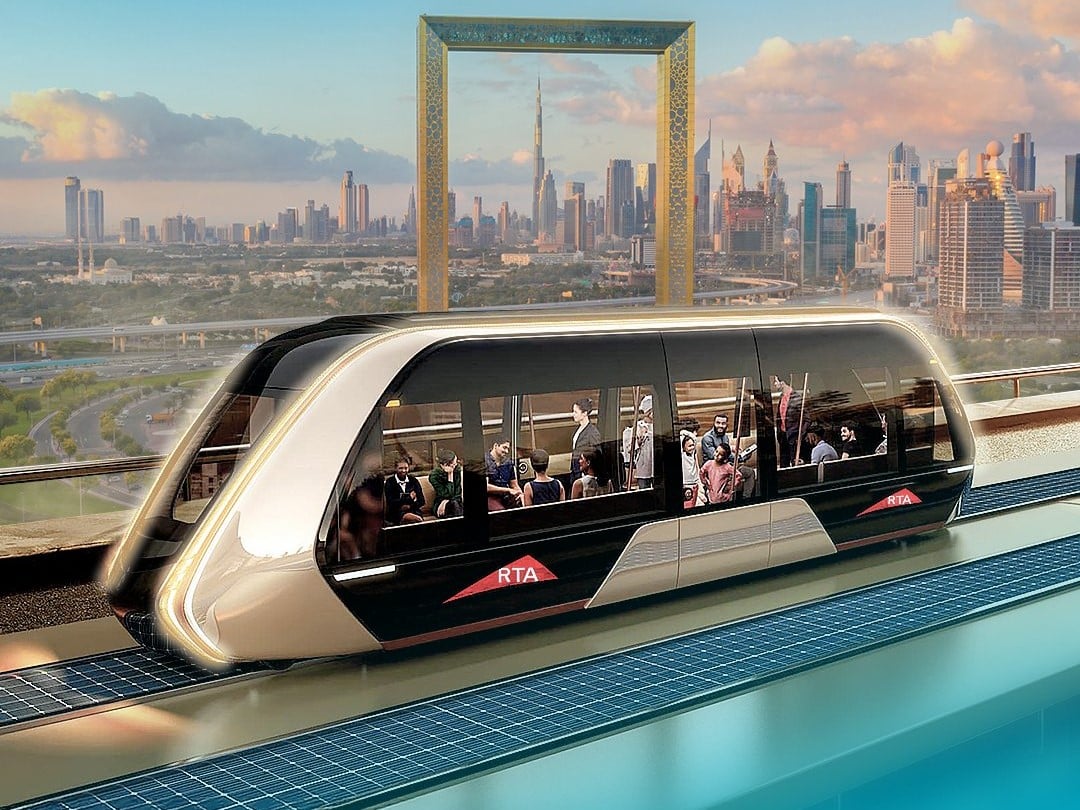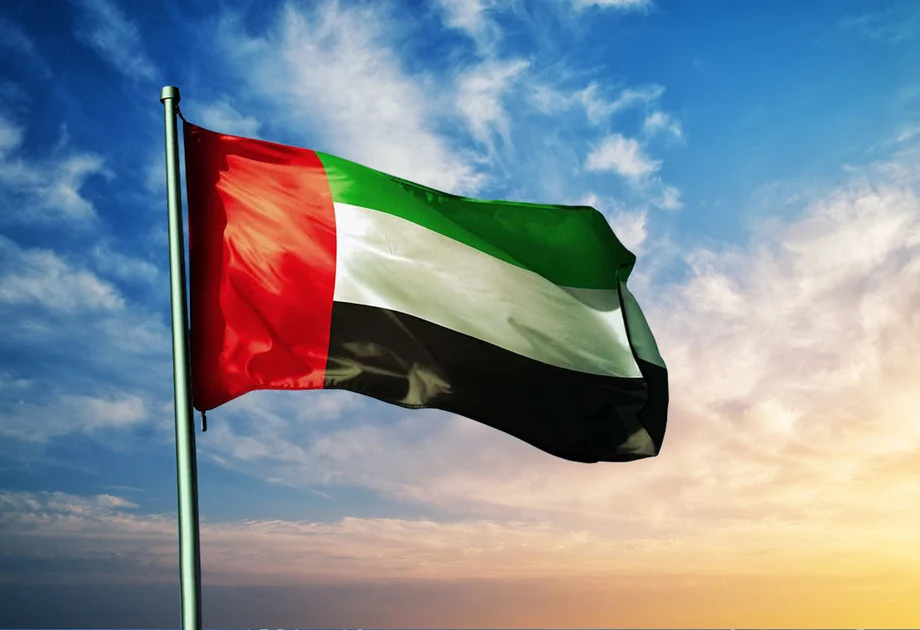The UAE Moon Mission — Rashid Rover will lift off on a SpaceX Falcon 9 rocket from Cape Canaveral, Florida on November 28 at 12.46pm GST (9.46am UTC). The launch window is subject to the weather.
Earlier the launch window of the Emirati-built Rashid Rover was scheduled to take place between November 9 and 15, but Japan-based ispace inc, which will land the Rashid Rover on the lunar surface, had apparently expressed that its Mission 1’s (M1) new date would lead to the “best preparation”.
This is a historic mission for the UAE, Japan and private industry, with ispace on the verge of becoming the first company to carry out a commercial cargo mission to the Moon.
Rashid Rover launch details
Once the Rashid Rover is moon-bound, lunar exploration company Japan-based ispace Inc will be in charge of landing the rover on the Moon’s surface, as it is part of their Hakuto-R programme. Under the agreement signed between MBRSC and Japan ispace inc, it will also provide wired communication and power during the cruise phase, and engage in wireless communication on the lunar surface.

The rover would land in an unexplored area called ‘Mare Frigoris’ on the moon. Also known as the ‘Sea of Cold’, Mare Frigoris lies in the far lunar north, according to NASA.
It is expected that the lander will reach the Moon by the end of April.
After its launch, M1 will be operated from the Hakuto-R Mission Control Centre (MCC) in Tokyo’s central business district, Nihonbashi. The MCC will monitor the lander’s altitude, temperature, and other conditions, send commands and data to the lander, and receive images and video data during transit to the moon as well as from the lunar surface.
10 milestones for Mission 1

Ryo Ujiie, chief technology officer of ispace, inc. highlighted there will be 10milestones for Mission 1.
“The separation time is 15 minutes after the launch, and it will travel in space for about five months. We also have verification tests. There are 10 milestones. We need to see how much we can achieve in Mission 1 that can prove to be helpful for other missions M2 and M3 by 2025. The first milestone is the completion of the launch preparation. A lot of tests and trial and errors have happened to reach this stage.”
“Completion of launch and separation is the second one. After the separation of the launcher from the rocket that will prove that the launcher structure can withstand the harsh launch conditions. The third one is the establishment of a steady operation state. It is critical to establish communication between the launcher and the ground control. After a couple of days, the completion of the first orbital control manoeuvre happens. This is the first trajectory control. The fifth one is the completion of stable deep space flight operation for one month.”
“The sixth one is the completion of all deep space orbital control manoeuvres before Lunar Orbit Insertion (LOI). The seventh one, LOI is a critical phase and a big milestone that allows entry into the lunar gravitational sphere to reach the lunar orbit. We have done a lot of experiments for this.”
Rashid Rover will land on the southeastern outer edge of Mare Frigoris (Sea of Cold). Once landed, it will explore the characteristics of lunar soil, the petrography and geology of the Moon, dust movement, surface plasma conditions, and the Moon’s photoelectron sheath.
The mission will last one lunar day or 14 Earth days.
The UAE’s rover is named after the late Sheikh Rashid bin Saeed Al Maktoum, former Ruler of Dubai. The four-wheel Rashid Rover weighs only 10 kg and has been built by engineers from the Mohammed bin Rashid Space Center.





